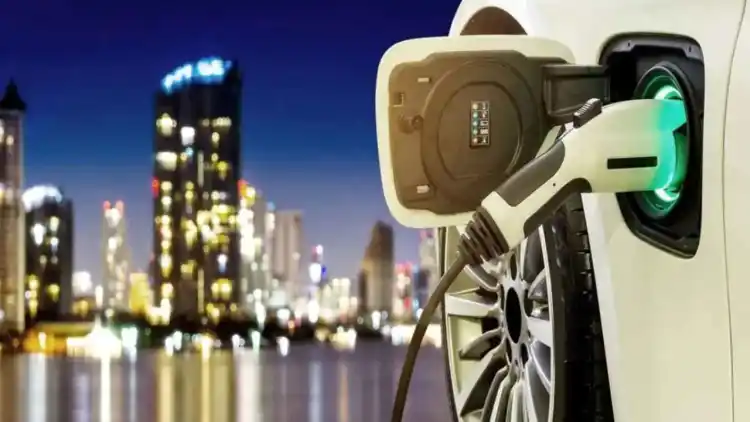- Emissions Start at the Factory, Not on the Road
- Electric Transition Reduces Emissions Over Time
- The Future Is Electric, but Hybrids Still Matter Today
Amid growing global attention to sustainability and the shift toward cleaner mobility, recent remarks by ToyotaUAE ToyotaKuwait ToyotaQatar ToyotaOman ToyotaBahrain ToyotaEgypt ToyotaKSA Toyota Chairman Akio Toyoda have stirred significant controversy. Toyoda questioned the environmental benefits of electric vehicles, stating that nine million EVs could generate the same emissions as 27 million hybrid cars. His comparison has sparked widespread debate among car enthusiasts and eco conscious drivers in the GCC: are electric cars truly the cleaner option? And where do hybrid vehicles stand in this race toward greener transportation?
Emissions Start at the Factory, Not on the Road

Toyoda based his argument on Japan’s energy reality, where thermal power plants still make up a large portion of the grid. This means electric vehicles in Japan are partially charged using non renewable energy sources. In that specific context, the numbers may appear reasonable. However, when looking at the global picture, the equation shifts. Many countries, including several in the GCC region, are steadily increasing their reliance on renewable energy within their national grids.
It's also widely acknowledged that producing electric vehicles requires rare natural resources like lithium, nickel, and cobalt, which result in higher emissions during the manufacturing stage. However, the environmental advantage becomes apparent once the vehicle hits the road, as it emits no tailpipe emissions during use. This tradeoff is known as repaying the carbon debt, a gradual environmental offset that ultimately makes EVs a cleaner long term option compared to fuel powered or hybrid vehicles.
Electric Transition Reduces Emissions Over Time

Reliable studies have shown that electric vehicles surpass their hybrid and fuel powered counterparts in environmental impact after driving a distance between 31,000 and 45,000 kilometers. In countries like Saudi Arabia and the UAE, this threshold is typically reached within two years or less of regular use. For instance, a study by the Argonne National Laboratory indicated that the environmental advantage of EVs begins after 31,000 kilometers, while another study published in Nature placed the break even point closer to 45,000 kilometers.
On a full lifecycle basis, a study from IOP Science confirmed that electric vehicles become the cleanest among all powertrain types within just 1.3 to 2.4 years of use. This means investing in EVs is not only an environmentally conscious choice but also a practical step toward addressing global climate challenges.
The Future Is Electric, but Hybrids Still Matter Today

With the rapid advancement in battery technologies like LFP and LMR, and the global shift toward renewable energy sources, electric vehicles are steadily reducing their carbon footprint even before leaving the production line. Add to that the efforts of companies like Redwood Materials in recycling used EV batteries, and the result is a stronger circular economy and less dependence on raw material extraction.
At the same time, hybrid and plug-in hybrid vehicles (PHEVs) continue to play a vital role in supporting the transition to electric mobility, especially in regions where charging infrastructure is still developing. Moreover, recent improvements in internal combustion engines have made modern gasoline cars far more efficient and cleaner than their predecessors.
Still, when considering the entire lifecycle of a vehicle, electric cars remain the more sustainable option. And in the GCC region, where smart cities and cutting edge infrastructure are a growing focus, adopting EVs is no passing trend but a strategic move toward achieving carbon neutrality in the near future.









